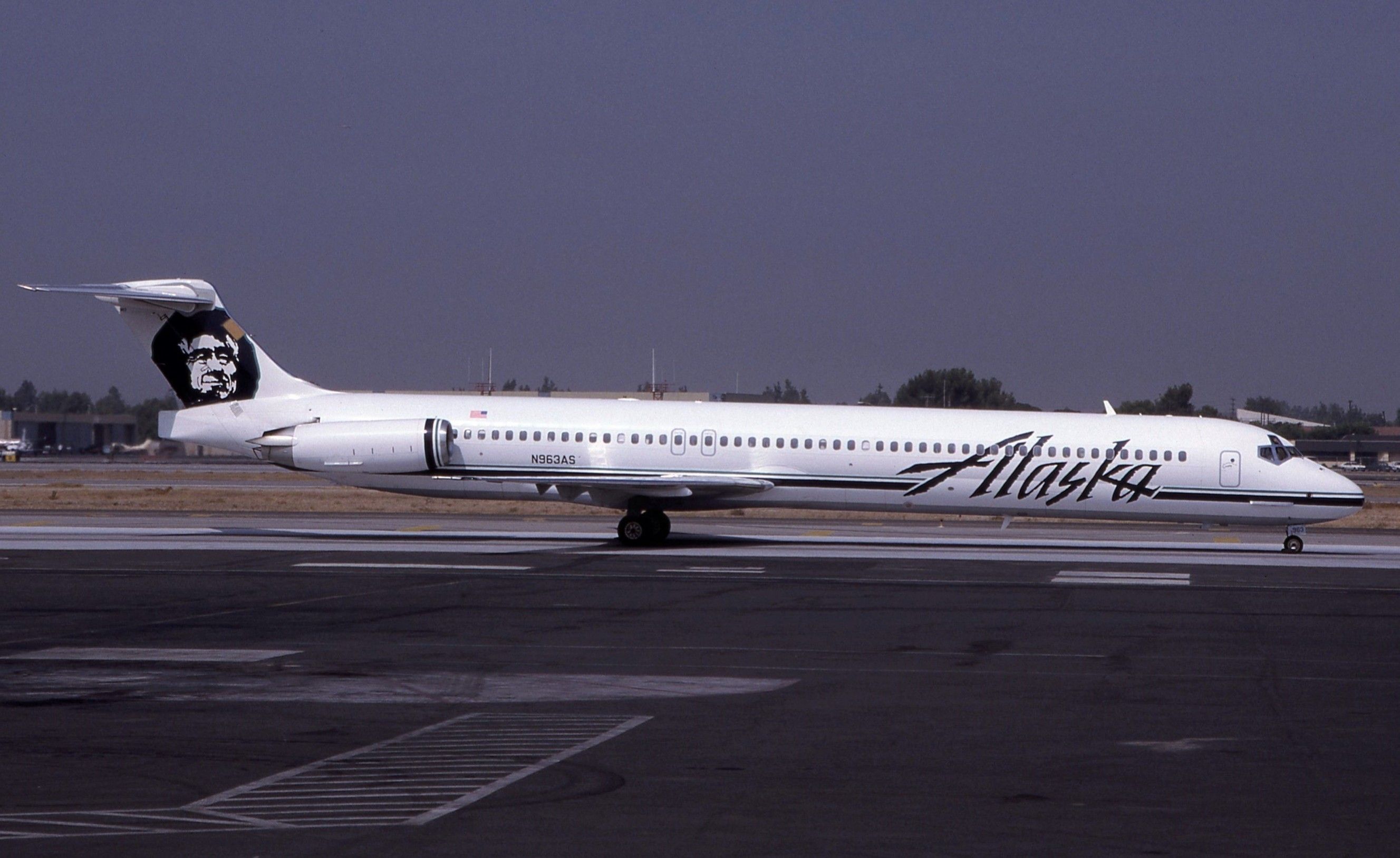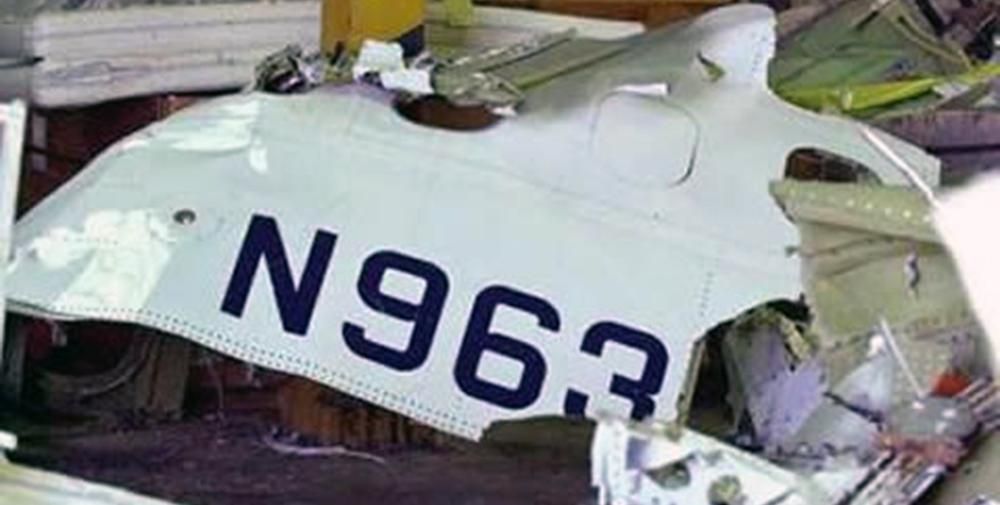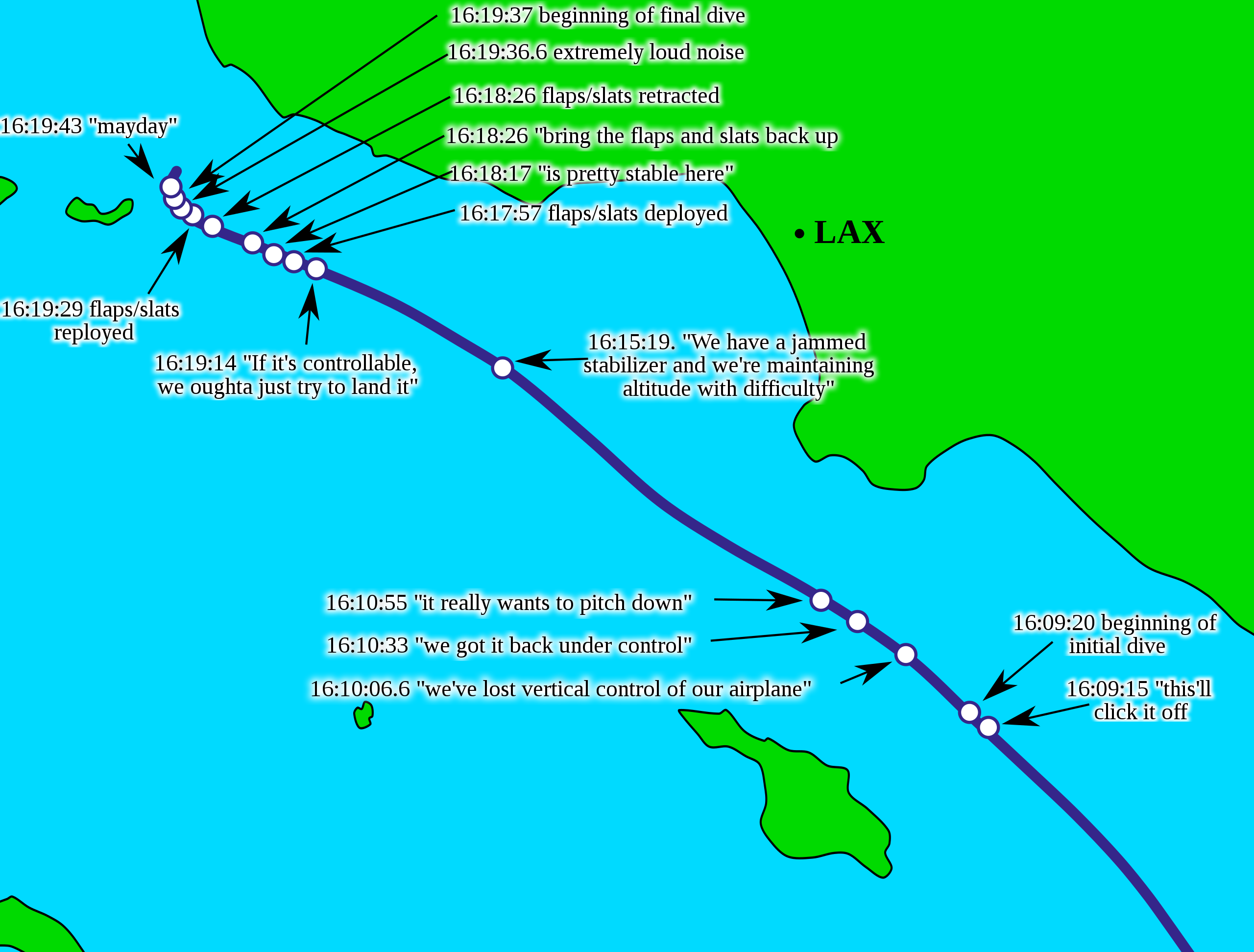On January 31st, 2000, an Alaska Airlines McDonnell Douglas MD-83 made its way from Puerto Vallarta, Mexico, bound for Seattle via San Francisco. There were 83 passengers onboard and five crew.
The crew
The captain was Ted Thompson, and the first officer was William Tansky. The flight attendants that day were Kristen Mills, Craig Pulanco, and Allison Shanks. Kristen was 26 and from Las Vegas, where she lived with her husband of three years. She had previously worked for Reno Air and was enjoying her dream job with Alaska Airlines since May, based out of Seattle.
Allison was 33 and from Seattle and had joined the airline 12 years prior. She loved to travel and stay fit. She was a single mother to her young daughter Hailey. Craig was 30 and lived in Seattle with his long-term partner Paul (who was onboard the flight), two dogs, and a cat. He was hardworking, compassionate, and caring.
The passengers
Sarah Pearson was 36, an off-duty flight attendant for the airline. She lived with her husband and two daughters, who were also on the flight. They were on vacation with their friends and neighbors; Sarah was a 'mother hen' and the party organizer of the group. James Ryan, also an off-duty flight attendant, was on his 30th birthday trip with his parents, brother, and some friends. He lived in Portland and loved the outdoors.
Horizon Air was the sister carrier to Alaska Airlines. Onboard there were 12 direct employees, including ground agents, and 35 of the passengers were connected to either airline. Most were using their employee travel benefits to take a vacation in Mexico.
What happened
The flight departed at 13:37 and was to climb to 31,000 feet; they were scheduled to land in San Francisco around 15:49. At 23,400 feet, a warning light flashed in the cockpit, 'Autopilot Trim.' The horizontal stabilizer had jammed. The flight crew disconnected the autopilot, ran through checklists, and started to troubleshoot. They called the airline's dispatch and maintenance teams to discuss the issue and tried and divert to Los Angeles. Repeated attempts to overcome the jam using the trim systems failed. The dispatcher suggested they continue on to San Francisco.
At 16:09, they managed to unjam the horizontal stabilizer, and the aircraft moved to a nose-down position. The aircraft dropped from 31,500 feet to 24,000 feet in 80 seconds. The flight attendants knew there was some issue and heard a noise at the back of the cabin. The flight crew struggled to regain control of the aircraft and informed air traffic control of their situation. They decided not to try and unjam it again and prepared for the approach to Los Angeles.
Catastrophic failure
The flight crew had been struggling with the malfunctioning stabilizer for two hours. The captain told the flight attendants to secure the cabin and be seated as soon as possible. They heard another noise at the back of the cabin; the jackscrew assembly and horizontal stabilizer failed at 17,800 feet.
The aircraft pitched into a dive and rolled to the left. The flight crew continued to try and regain control of the aircraft until the very end. Several aircraft in the area contacted air traffic control as the sad event unfolded. The aircraft plunged into the Pacific Ocean, 2.7 miles north of Anacapa Island, California.
Aftermath
Debris rolled in the swells, and small fishing boats headed to the site as the sun was setting. Later, commercial fishing boats illuminated the area and collected body parts, toys, shoes, cushions, and aircraft parts from the water. Part of the cabin was found recognizable by the released oxygen masks. All 88 souls onboard died. They were killed immediately by blunt force trauma. Only a few bodies were found intact, and none were visually identifiable. All were identified by fingerprints, dental records, tattoos, or personal items.
Cause
The NTSB reported that inadequate maintenance led to excessive wear and the eventual failure of a critical flight control system. The loss of the aircraft pitch control and inflight failure of the horizontal stabilizer trim system was caused by worn jackscrew assembly nut threads.
Both pilots received posthumous awards from the Air Line Pilots Association - the gold medal for heroism. The sad event hit both airlines as they lost so many of their employees and community. Bouquets of flowers started arriving at the airline's headquarters the next day. A memorial was later placed at Port Hueneme on the Californian coast.
"This crew is as experienced as you could have. These are our family, friends and co-workers. We just have to hope, hope and hope - and pray that we have survivors."
John Kelly, CEO, Alaska Airlines



